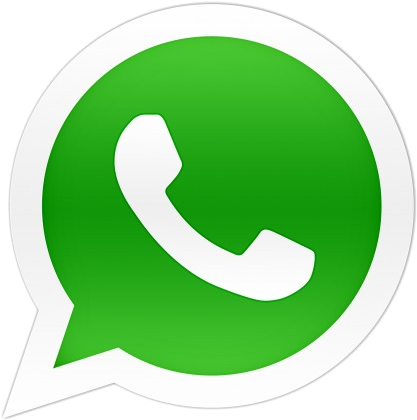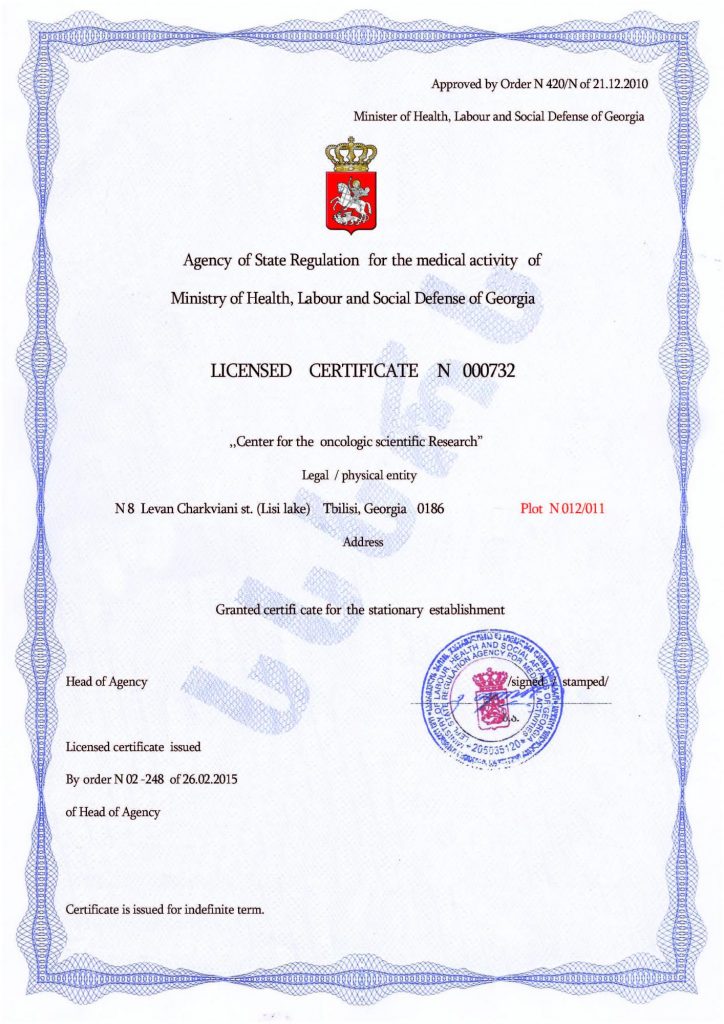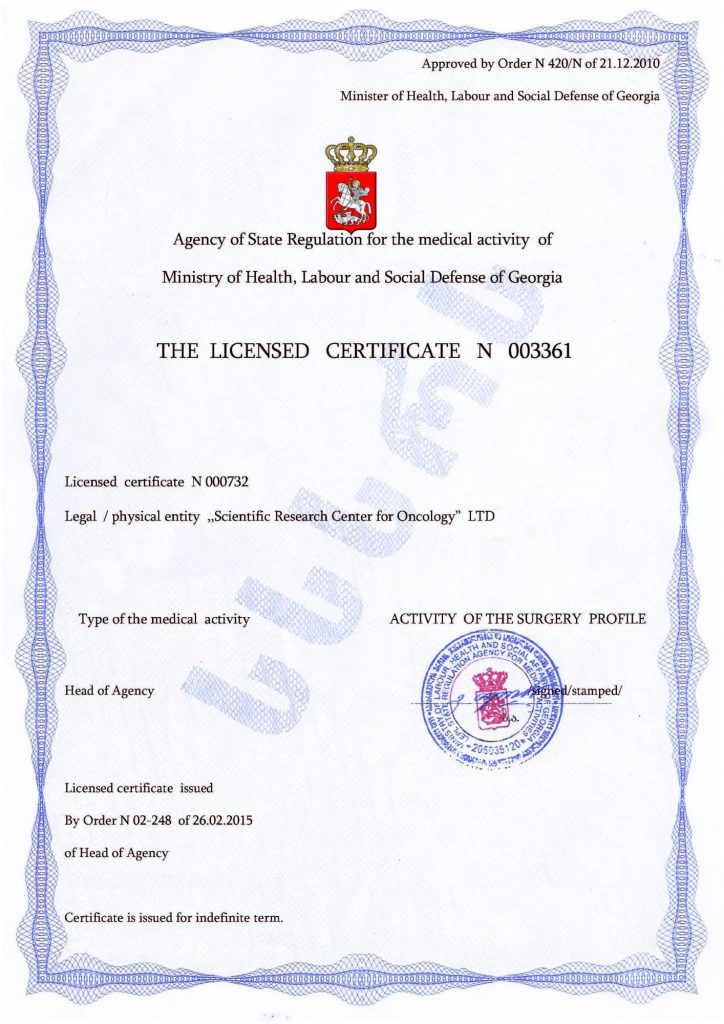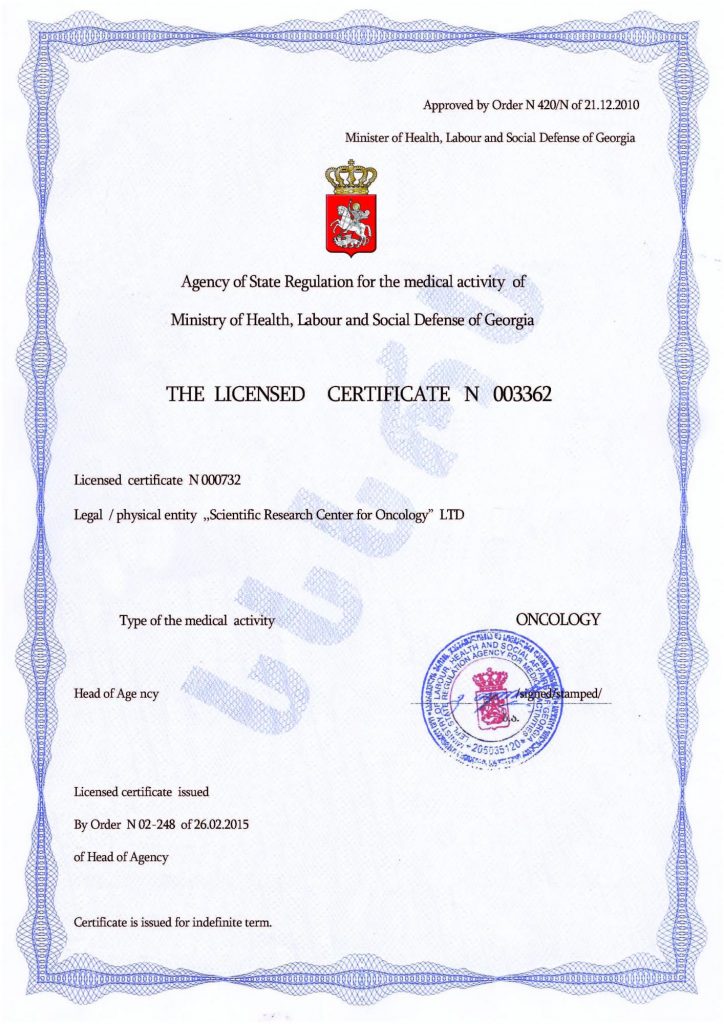An Autist Doesn’t Want to Walk
Eating independently at a table, going on a hike or to a playground, trying to play the drum, bypassing a boulder in the way — alas, these and many other motor tasks are not always achievable by autists. It so happens that spontaneous movement coordination disorder is considered a peripheral symptom of ASD even though it does not receive due attention.
And increasingly, parents are turning to doctors with complaints that their autistic child cannot walk. According to recent scientific research, musculoskeletal disorders may become more significant for diagnosis and successful treatment. Pay attention to your child’s gait to see if there is a problem.
How do autists move? Basically, they have the following features:
- Walk on tiptoe
- Have an unsteady gait
- Deformation of the feet
- May limp and hobble
- Don’t walk at all
- In early infancy, they do not lean on their feet
It has been established that:
- 87% of children with ASD have various motor dysfunctions
- 32% of patients undergo treatment to improve motor skills
- 15% have diagnoses directly related to deficiencies in the functioning of the musculoskeletal system
These statistics indicate that there is a large gap in medicine that needs to be filled.
An autistic child cannot walk or experiences problems because pathological changes in the brain have affected not only the motor system but also speech, cognitive, and coordination activity. It is important to eliminate all these shortcomings comprehensively in order to achieve a better therapeutic effect.
The deterioration of one vital skill may lead to other developmental problems. For example, limited movement hinders the development of the sensory sphere, repetitive motions will have a negative impact on socialisation, and difficulty walking will similarly affect physical health.
Treatment of movement disorders in autists
The most severe type of motor coordination disorder is the inability to walk or late first steps with obvious signs of motor activity disorder. How do you teach an autistic child to walk? In this case, you cannot do it without a good physiotherapist. Only a professional can choose a set of exercises that will restore the correct functionality of the musculoskeletal system.
However, this will not solve the problem. Abnormalities in the structure of the brain can progress and negatively affect the areas that are responsible for the functioning of gross motor skills. And even if a child learns to walk, there is still a high risk of them losing this skill in the future. Therefore, it is necessary to undergo periodical courses of physical and developmental therapy.
Correction of childhood autism with stem cells can greatly improve the effectiveness of these conservative techniques. This method was first used not so long ago, but its results and success are already known throughout the world. And the Mardaleishvili Medical Centre is now known far beyond Europe for its professionalism in the use of this technique.
The goal of such treatment for childhood autism spectrum disorder is an elimination of the pathology’s cause in order to more successfully eliminate its symptoms. Patients who underwent the procedure of transplanting their own stem cells learned to walk much earlier and more successfully. Their coordination of movements and fine and gross motor skills also improved.
Sign up for stem cell treatment for childhood autism — create the basis for the effective formation of a healthy, light, and steady gait!
Autism Treatment Center Videos
Autism treatment with own stem cells
Cord blood association congress
International Quality Crown
Autism Treatment Reviews
Autism treatment with own stem cells
The story of Alessandro (6 years old)
Autism Patient Testimonial - Stem Cell Treatment
Clients Testimonials
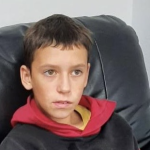
Feedback from Igor, David’s father (12 years old) Read More
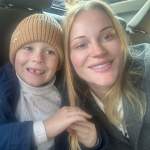
Feedback from Olga, Fedya’s mother Read More
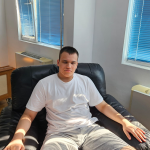
Feedback from Natalia, Radomir’s mother (15 years old) Read More
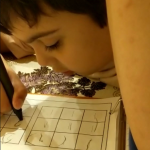
Feedback from Esther, Samuel’s mother (8 years old) Read More
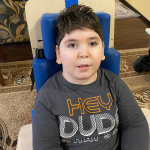
Feedback from Abibe, Selim’s mother (7 years old) Read More

